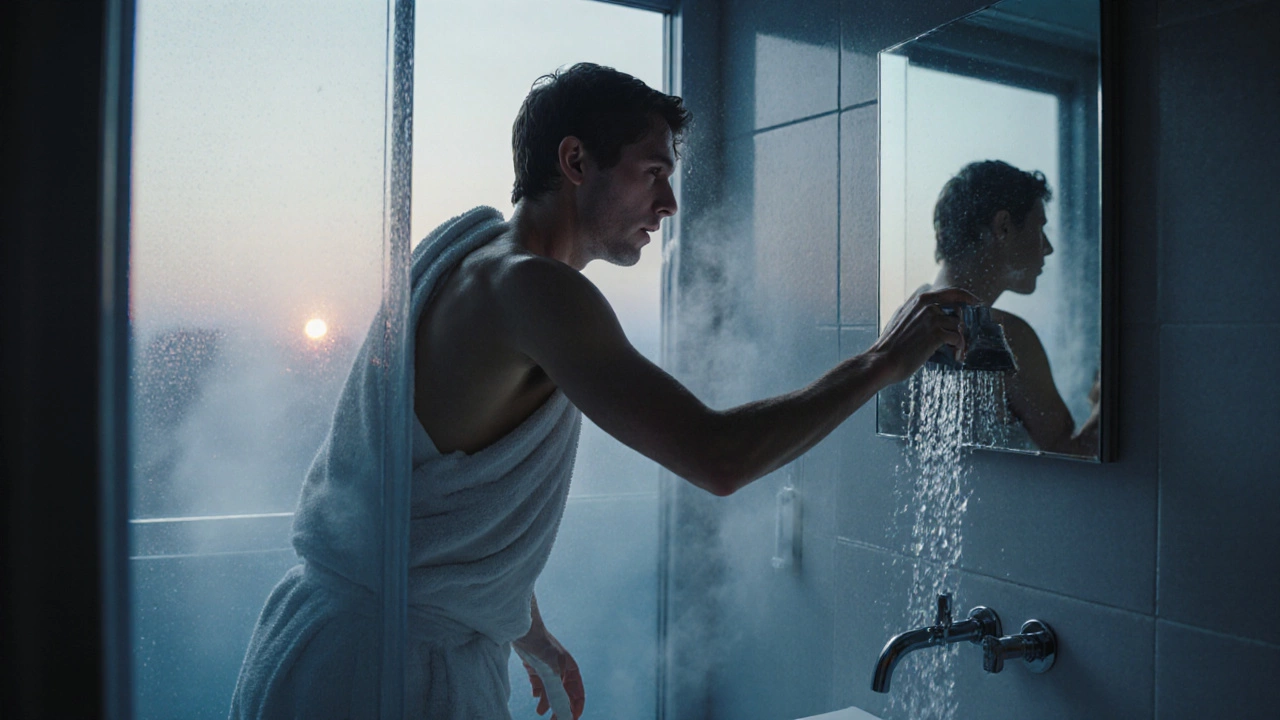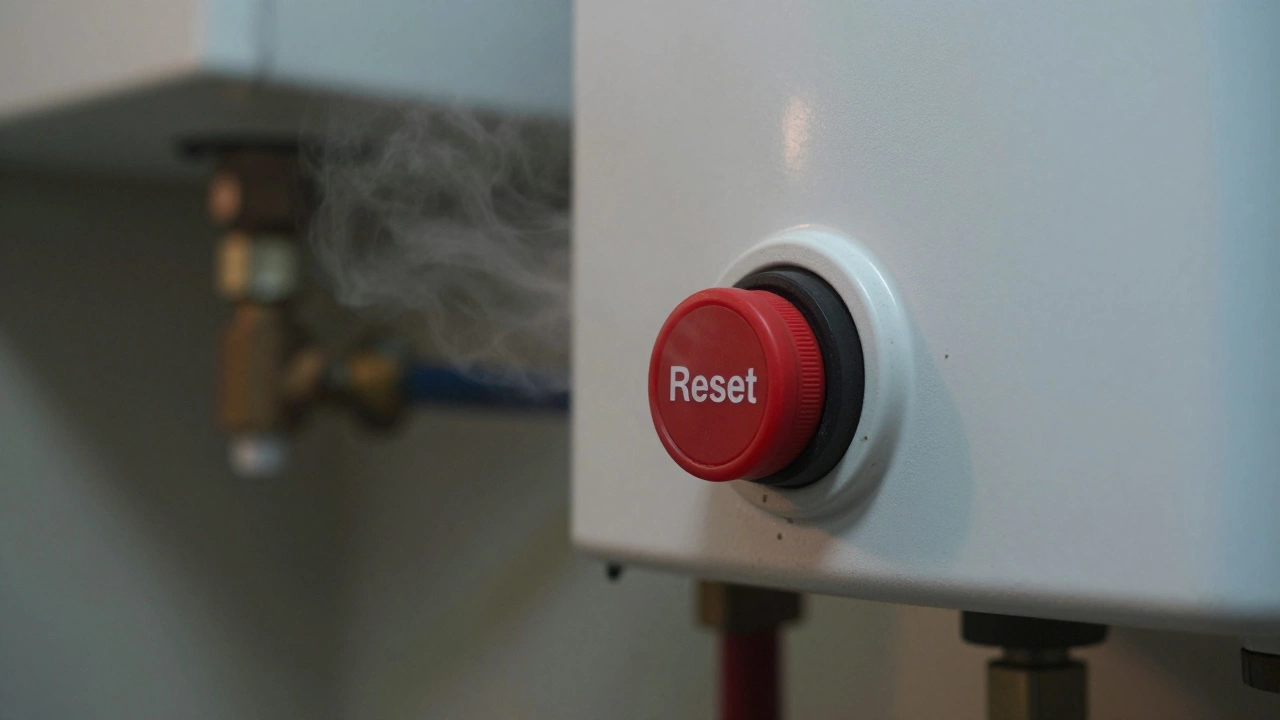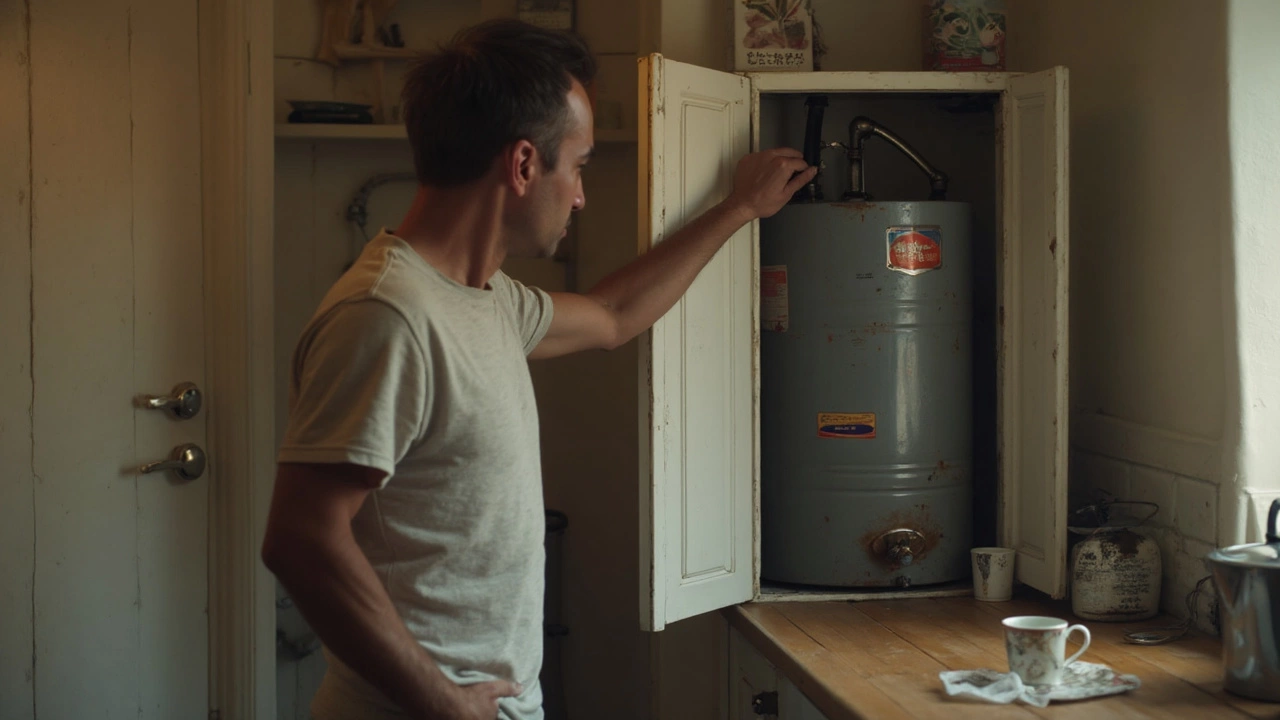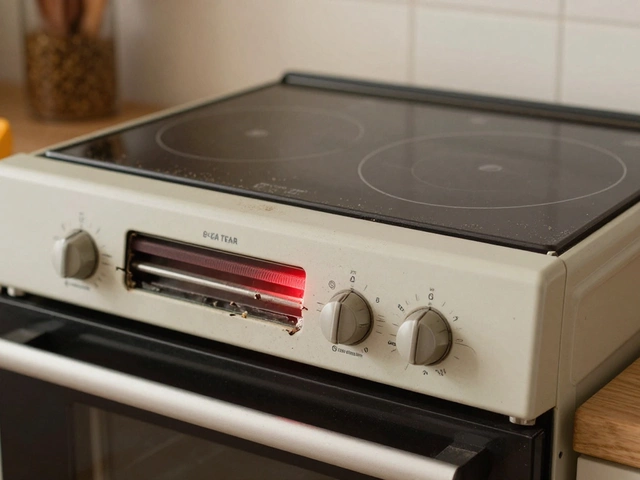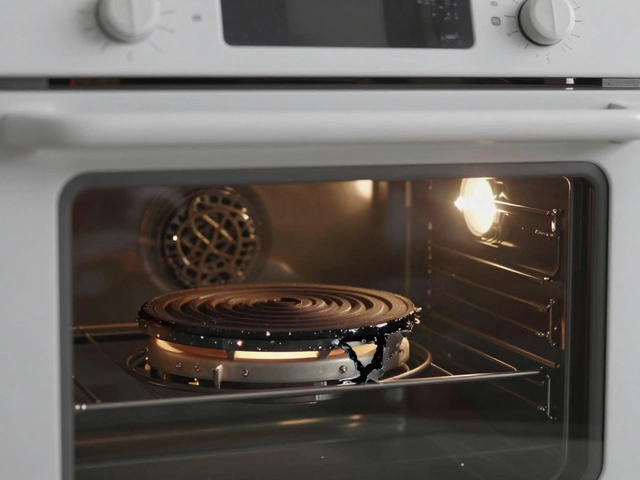Waking up to a cold shower because the hot water suddenly vanished is frustrating, especially when you have a busy morning ahead. Below is a practical guide that walks you through the most common reasons a Water Heater is a device that heats and stores water for domestic use and how you can diagnose and often fix the issue yourself before calling a pro.
What Typically Triggers a Sudden Loss of Hot Water?
Even a brand‑new unit can go cold overnight. The most frequent culprits are:
- Power or fuel supply interruption - a tripped breaker or gas valve that won’t stay open.
- Heating element failure in electric models.
- Thermostat or temperature‑sensor problems that keep the heater from firing.
- Burner issues in gas units - clogged pilot, dirty nozzle, or a faulty ignition.
- Anode rod corrosion that leads to tank leaks.
- Pressure relief valve stuck open, draining hot water continuously.
- Excessive sediment buildup that insulates the tank walls, causing the heater to overheat and shut off.
- Failure of the cold water inlet valve or a broken dip tube that mixes cold water directly into the outlet.
Step‑by‑Step Troubleshooting Checklist
- Check the power source. For electric heaters, verify that the circuit breaker hasn’t tripped. Reset it if needed. For gas heaters, ensure the gas knob is fully open and the pilot light is lit.
- Inspect the thermostat setting. Make sure it’s set between 120°F‑130°F (49°C‑54°C). A thermostat that’s accidentally turned down will give you lukewarm water.
- Listen for the heating element or burner. In an electric unit you should hear a faint hum when the element energizes. In a gas unit you’ll hear a clicking sound followed by a steady roar if the burner is firing.
- Look for error codes. Many modern heaters display a flashing LED or a numeric code on a small screen. Cross‑reference the code with the user manual - it usually points straight to the faulty component.
- Test the pressure relief valve. Place a bucket under the discharge pipe, lift the test lever, and see if water flows out. If it does, the valve may be stuck open and needs replacement.
- Check for leaks. Examine the tank, connections, and the bottom of the heater. Small leaks often signal a corroded anode rod or a cracked tank.
- Flush the tank. If you suspect sediment, turn off power or gas, close the cold‑water inlet, attach a garden hose to the drain valve, and run water until it runs clear. This simple maintenance step can restore heating efficiency.
- Assess the dip tube. If you notice a sudden rush of cold water from the hot tap after a short burst of heat, the dip tube might be broken. Replacing it requires draining the tank and removing the inlet pipe.
Electric vs. Gas Water Heaters - What’s Different?
| Feature | Electric | Gas |
|---|---|---|
| Primary heating component | Heating element | Burner |
| Common failure cause | Burned‑out element or faulty thermostat | Pilot light or ignition module problems |
| Typical recovery time after a cold‑water draw | Longer (element must reheat entire tank) | Shorter (gas heats faster) |
| Ventilation requirement | None (electric) | Vent pipe needed for exhaust gases |
| Energy efficiency rating (EU) | Typically 90‑98 % | Usually 78‑85 % |
Understanding these differences helps you narrow down the diagnostic path. For example, a gas heater that won’t light is unlikely to have a burned‑out heating element, so you can focus on the pilot, gas supply, or burner.
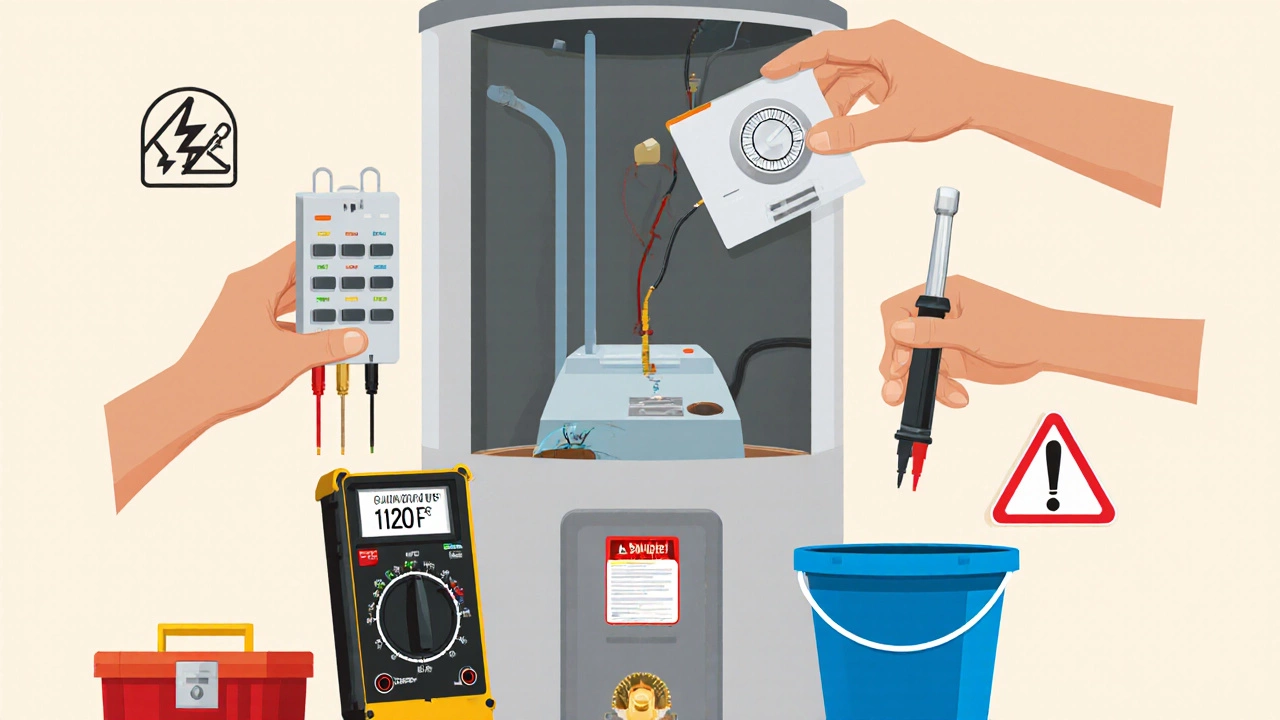
Preventative Maintenance Tips to Keep Hot Water Flowing
- Annual flush. Drain and refill the tank every 12 months to limit sediment accumulation.
- Inspect the anode rod. Replace every 3‑5 years (or sooner if water is very hard) to protect the tank from corrosion.
- Test the thermostat. Use a multimeter to verify continuity; replace if readings are out of spec.
- Check the pressure relief valve. Ensure it opens at 150 psi; replace if it drips or fails the lift test.
- Seal pipe joints. Use Teflon tape on threaded connections to prevent tiny leaks that can cause heat loss.
These chores take less than an hour but can extend the life of your heater by years, sparing you the shock of a cold shower.
When to Call a Professional
If after completing the checklist you still have no hot water, it’s time to bring in a licensed plumber or heating specialist. Typical red‑flags that warrant expert help include:
- Repeated breaker trips or gas smell - potential safety hazard.
- Visible rust, swelling, or cracks on the tank - indicates likely replacement.
- Burner that won’t ignite after multiple attempts - may need gas line inspection.
- Electrical components that test negative for continuity - risk of shocks.
Professional service in Auckland usually costs between $120‑$250 for a diagnostic visit, plus parts if needed. A full replacement of an aging unit can range from $1,200‑$3,000, depending on capacity and energy type.
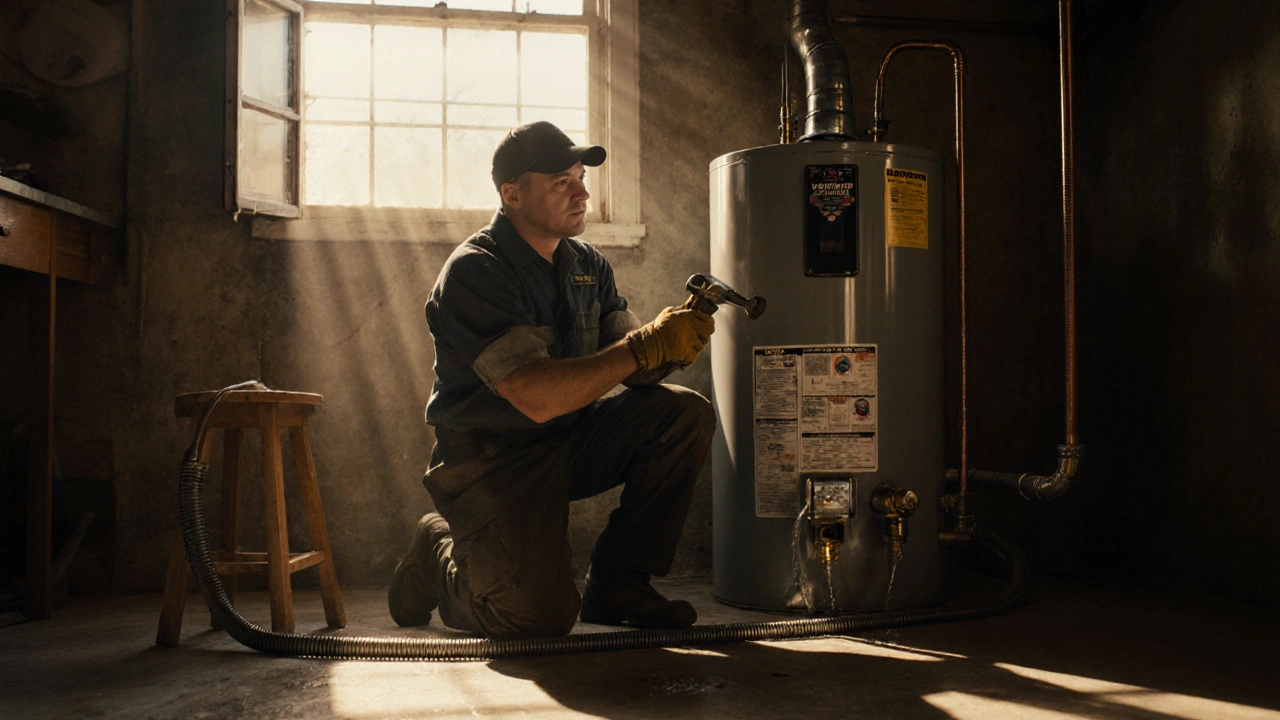
Quick Reference Checklist
| Step | What to Do |
|---|---|
| 1 | Verify power or gas supply - reset breaker, confirm pilot. |
| 2 | Check thermostat setting - set to 120‑130°F. |
| 3 | Listen for heating element or burner activity. |
| 4 | Inspect pressure relief valve - perform lift test. |
| 5 | Look for leaks or corrosion signs. |
| 6 | Flush the tank to remove sediment. |
| 7 | Replace dip tube or inlet valve if cold water mixes. |
| 8 | Call a licensed plumber if any safety concern arises. |
Frequently Asked Questions
Why does my water heater make a clicking sound before it stops heating?
The click is usually the thermostat or ignition system trying to start the heating element or burner. If it clicks repeatedly and then shuts off, the thermostat may be faulty or the element/burner is failing to reach the set temperature.
Can a broken dip tube cause all the water to feel cold?
Yes. A broken dip tube lets cold supply water mix directly with the hot outlet, so the first few gallons are chilly even if the tank is full of hot water.
How often should I replace the anode rod?
In soft water areas, replace every 5‑7 years. In hard water zones like many Auckland suburbs, aim for every 3‑4 years to prevent tank corrosion.
Is it safe to reset the circuit breaker repeatedly?
If the breaker trips more than once, it indicates an underlying fault - a shorted heating element, a loose wire, or a grounding issue. Resetting briefly is fine, but you should stop and call a qualified electrician if it trips again.
Why does the water temperature fluctuate during a shower?
Fluctuations often come from a failing thermostat or a sediment‑clogged heating element that can’t keep up with demand. Cleaning the tank and testing the thermostat usually stabilizes the temperature.
